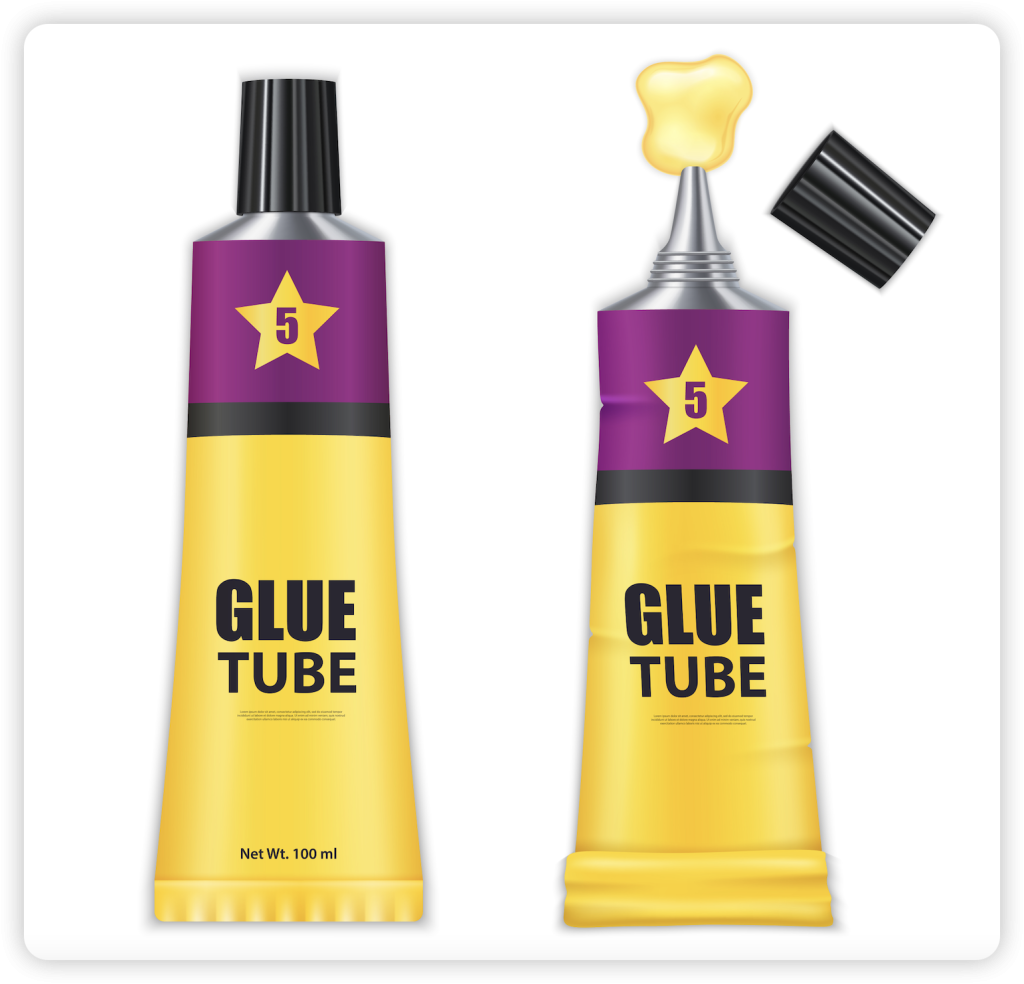Glue aluminum tube packaging has become the gold standard in the adhesive industry with its irreplaceable sealing, environmental protection, and customization capabilities. Enterprises need to choose suitable tube structures (such as single-layer aluminum tubes or two-color plastic-wrapped aluminum tubes) according to product characteristics and pay attention to the compliance and technological innovation of the supply chain. With the advancement of green manufacturing and clever packaging, aluminum tube packaging will continue leading the industry’s upgrade.
Glue aluminum tube packaging: the perfect solution for sealing and performance
In the adhesive industry, packaging sealing and durability are directly related to product quality and user experience. In recent years, aluminum tubes have become the preferred material for glue packaging due to their unique advantages. This article comprehensively analyzes the core value of glue aluminum tube packaging from multiple dimensions, such as material properties, production process, application scenarios, and environmental protection trends. It provides practical guidelines for enterprises and consumers.
1. 7 core advantages of glue aluminum tube packaging
1. Excellent sealing performance
Aluminum has high density, and the oxide film formed on the surface can effectively isolate oxygen, water vapor, and pollutants. The tube body made of aluminum with a thickness of ≥0.015mm can completely block air penetration and prevent the glue from solidifying prematurely due to contact with water vapor.
2. Lightweight and structural stability
The density of aluminum alloy is low (only 1/3 of steel), and the transportation cost is reduced by more than 30%. Its high strength characteristics can withstand extrusion and collision, ensuring the integrity of the packaging in warehousing and logistics.
3. Excellent chemical compatibility
The aluminum tube is resistant to acid and alkali corrosion and is suitable for adhesives of different chemical properties, such as epoxy and silicone. For products with high purity requirements, the inner layer of food-grade PE plastic of the two-color plastic-wrapped aluminum tube can avoid direct contact between the contents and the metal.
4. Environmental protection and recyclability
The aluminum recycling rate is more than 95%, and production waste can be recycled, which complies with environmental regulations such as EU REACH.
5. Customized production process
It supports flexible customization of specifications with 8-32mm diameters and capacities of 1.5- 100 ml. It can also choose tube types, such as the pointed mouth and flat mouth, suitable for various usage scenarios such as dispensing and coating.
6. Brand image enhancement
The surface of the aluminum tube supports 4-color printing, hot stamping, and other processes. For example, thermal transfer technology can present a metallic luster and enhance shelf appeal. The two-color tube body design can also distinguish product lines by color to strengthen brand recognition.
7. Anti-return function
The folded aluminum tube collapses as the contents are squeezed out to prevent air reflux from causing glue oxidation and extend the use cycle after opening.
2. Industry application scenarios of glue aluminum tube packaging
- Industrial adhesives, such as PVC and epoxy resin glue, require high-pressure sealing technology to prevent leakage.
- Household repair glue: The pointed mouth design accurately controls the amount of glue suitable for DIY scenarios.
- Electronics industry: anti-static aluminum tube packaging protects precision electronic components adhesive.
- Automotive field: High-temperature-resistant aluminum tubes (such as inner silicone coating) are used for engine sealant.
3. 4 key indicators for purchasing glue aluminum tubes
- Sealing technology level: Prioritise suppliers with internal spraying and double sealing processes.
- Material certification: Confirm that the purity of aluminum is ≥99.7% and that the printing ink is certified by CPSIA or FDA.
- Compatibility test: extreme temperature and humidity environments need to be simulated to verify the tube body’s and glue’s compatibility.
- Minimum order quantity: start-ups can choose a flexible supply chain with an MOQ of 10,000.
4. Future trends: intelligence and sustainable development
- Innovative packaging: integrated RFID tags to achieve inventory traceability.
- Bio-based coating: develop degradable inner coatings to reduce dependence on epoxy resins.
- Lightweight breakthrough: Nano-imprinting technology reduces the tube wall thickness to 0.008mm, maintaining strength while reducing material consumption by 30%.
คำถามที่พบบ่อย:
Q1: How does aluminum tube packaging prevent glue from drying?
Block oxygen through the aluminum oxide layer, combine the inner spray resin and tail glue seal to achieve triple sealing, and fold the design after opening to prevent air backflow.
Q2: Is the aluminum tube suitable for acidic adhesives?
Yes. Aluminum alloys resist chemical environments with a pH value of 2-12. A two-color tube with an inner layer of PE plastic is recommended for strong acid glue.
Q3: Will the printing on aluminum tubes fade?
The tube body adopts offset printing + UV curing process, and the wear resistance reaches 5,000 frictions without falling off.
Q4: How do you dispose of discarded aluminum tubes?
Aluminum is 100% recyclable. Consumers can return it to the factory through community metal recycling bins, and some companies offer “old for new” programs.
Q5: Cost comparison between aluminum tubes and หลอดพลาสติก?
The unit price of aluminum tubes is 15%-20% higher, but by reducing leakage loss and brand premium, the overall cost is reduced by more than 10%.


